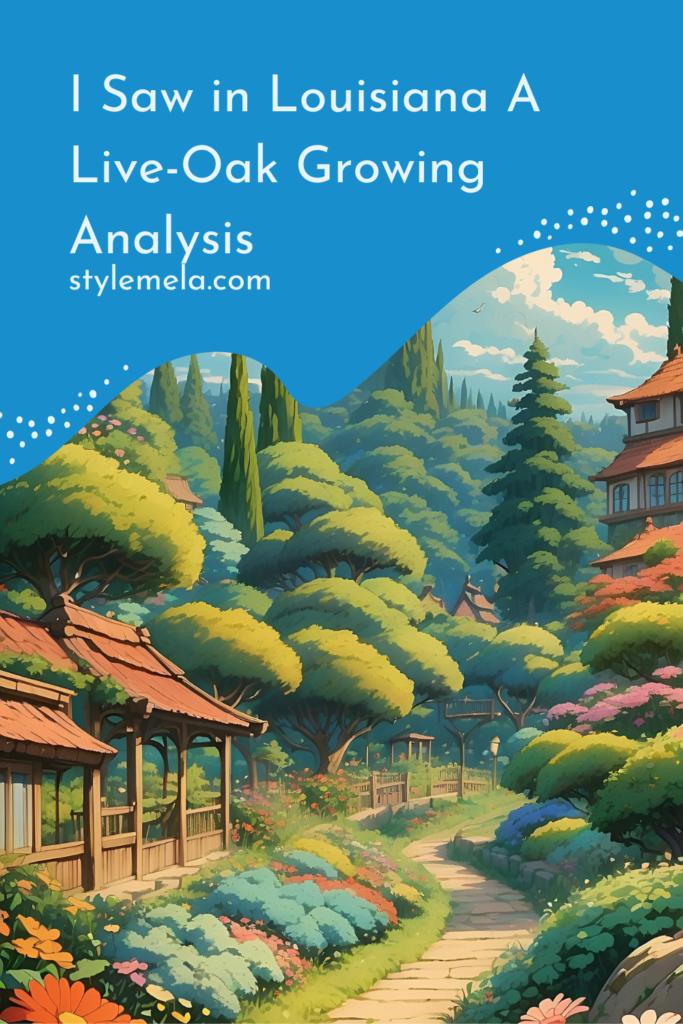Walt Whitman Nature Poetry
Walt Whitman, often regarded as one of great America’s poets, had a profound connection to nature that permeated much of his work. His poetry celebrated the beauty and power of the natural world, often exploring themes of transcendence, interconnectedness, and the divine in nature. Here’s a sample of how Whitman expressed his reverence for nature in his poetry:
In the silent forests where trees stand tall, And the murmuring brooks softly call, I find solace in nature’s embrace, A sanctuary of boundless grace.
The rustling leaves whisper secrets untold, As the sun’s golden rays unfold, Each blade of grass, each flower’s bloom, A testament to nature’s eternal resume.
Beneath the vast expanse of the sky, I am but a speck, a humble passerby, Yet in this grandeur, I feel a part, Connected to the beating heart.
For nature’s rhythm beats within, A timeless dance, a sacred hymn, And in its midst, I find my song, Amidst the chorus, where I belong.
So let me wander, let me roam, In nature’s cathedral, I find my home, For here, amidst the earth and sky, I am free to live, to dream, to fly.
In Walt Whitman’s poetry, nature is not merely a backdrop but a living, breathing presence that speaks to the soul and inspires a deeper understanding of the human experience. Through his vivid imagery and expansive language, Whitman invites readers to join him in celebrating the beauty and wonder of the natural world.
Walt Whitman Poetry Book
One of Walt Whitman’s most renowned poetry collections is “Leaves of Grass.” This iconic book, first published in 1855 and expanded in subsequent editions throughout Whitman’s life, is considered a cornerstone of American literature. “Leaves of Grass” is a groundbreaking work that revolutionized poetry with its free verse style, bold themes, and celebration of the human spirit.
In “Leaves of Grass,” Whitman explores diverse subjects such as democracy, love, nature, the self, and the interconnectedness of all things. The collection includes famous poems like “Song of Myself,” “I Sing the Body Electric,” and “O Captain! My Captain!” which reflect Whitman’s expansive vision and embrace of the diversity of human experience.
Throughout “Leaves of Grass,” Whitman’s language is expansive, passionate, and deeply personal, inviting readers to contemplate the mysteries of existence and the beauty of the world around them. The collection’s enduring popularity and influence continue to resonate with readers today, making it a timeless masterpiece of American poetry.
I Saw in Louisiana A Live-Oak Growing
I Saw in Louisiana A Live-Oak Growing Analysis
Louisiana, with its rich biodiversity and unique ecological landscape, is home to a variety of flora and fauna. Among its notable features are the majestic live oak trees, known for their sprawling canopies and cultural significance. Observing a live oak growing in Louisiana offers a window into the intricate dynamics of its growth and survival within the region’s specific environmental conditions. In this article, we delve into the characteristics and factors influencing the growth of live oaks in Louisiana, providing insights into their resilience and ecological importance.
Understanding Live Oaks:
Live oaks (Quercus virginiana) are native to the southeastern United States, including Louisiana, where they thrive in a range of habitats, from coastal plains to upland forests. These iconic trees are characterized by their evergreen foliage, massive spreading canopies, and sturdy, twisting branches. Live oaks play a vital ecological role, providing habitat and food for numerous wildlife species, stabilizing soil with their extensive root systems, and contributing to the overall health of ecosystems.
Observing Live Oak Growth:
Witnessing a live oak in its natural habitat in Louisiana unveils a dynamic interplay of various growth factors. One notable aspect is the adaptation of live oaks to the region’s subtropical climate, characterized by hot, humid summers and mild winters. These trees exhibit remarkable resilience to climatic extremes, with adaptations such as thick, waxy leaves to minimize water loss and efficient nutrient uptake mechanisms.
The growth of a live oak is a gradual process influenced by both intrinsic and extrinsic factors. Intrinsic factors include genetic predispositions, age, and physiological processes governing growth and development. Live oaks are known for their slow growth rate, especially in the initial years, as they allocate resources to establish a robust root system before investing in above-ground growth. This slow but steady growth pattern contributes to the longevity and structural integrity of mature live oaks.
Extrinsic factors encompass environmental variables such as soil quality, moisture levels, sunlight exposure, and competition with other vegetation. Louisiana’s diverse topography and soil types influence the growth patterns of live oaks, with trees adapting to thrive in varying conditions ranging from moist, loamy soils in lowland areas to well-drained, sandy soils in upland regions. Adequate sunlight is crucial for photosynthesis and overall tree health, prompting live oaks to develop expansive crowns to capture maximum light energy.
Notably, live oaks exhibit remarkable resilience to environmental stressors, including periodic flooding, hurricanes, and disease outbreaks. Their ability to withstand such challenges is attributed to adaptations such as flexible branches that reduce wind resistance and compartmentalized decay mechanisms that limit the spread of pathogens. Furthermore, the symbiotic relationships between live oaks and mycorrhizal fungi enhance nutrient uptake and improve tree resilience to soil pathogens.
Cultural and Ecological Significance:
Beyond their ecological role, live oaks hold cultural significance in Louisiana, symbolizing strength, longevity, and resilience. These iconic trees are often featured in art, literature, and folklore, serving as landmarks and gathering places within communities. Additionally, live oak habitats support diverse plant and animal species, contributing to overall ecosystem biodiversity and ecological stability.
Conclusion:
Observing a live oak growing in Louisiana provides a glimpse into the intricate dynamics of its growth and adaptation to the region’s unique environmental conditions. From their gradual development and resilience to environmental stressors to their cultural and ecological significance, live oaks epitomize the enduring connection between nature and human society. Understanding and preserving these magnificent trees are essential for safeguarding the biodiversity and ecological integrity of Louisiana’s landscapes for generations to come.
Read More:

